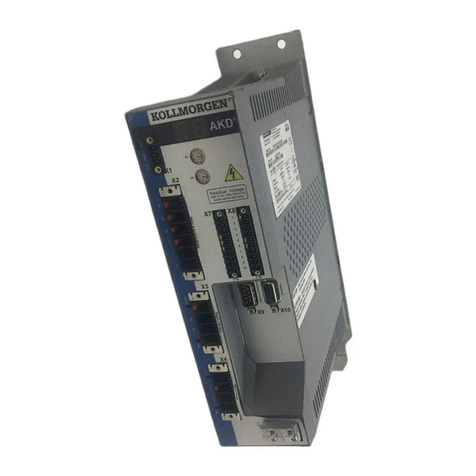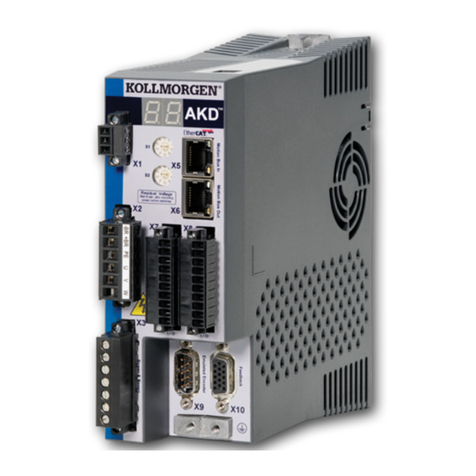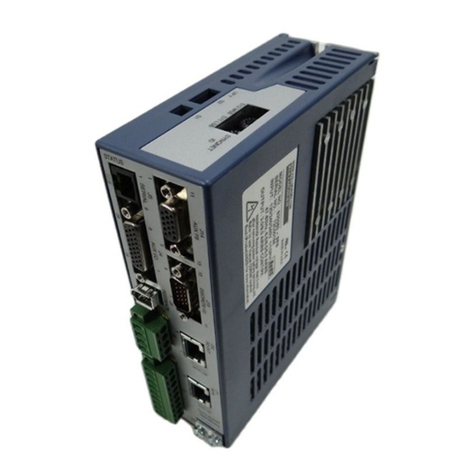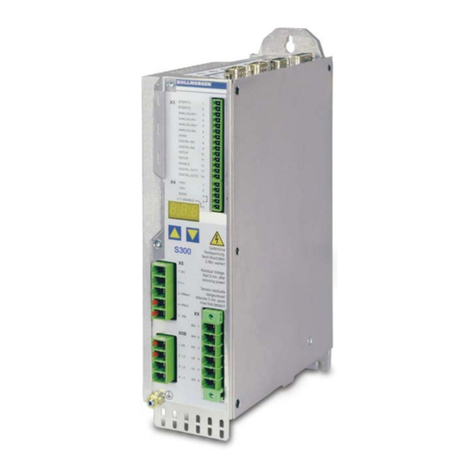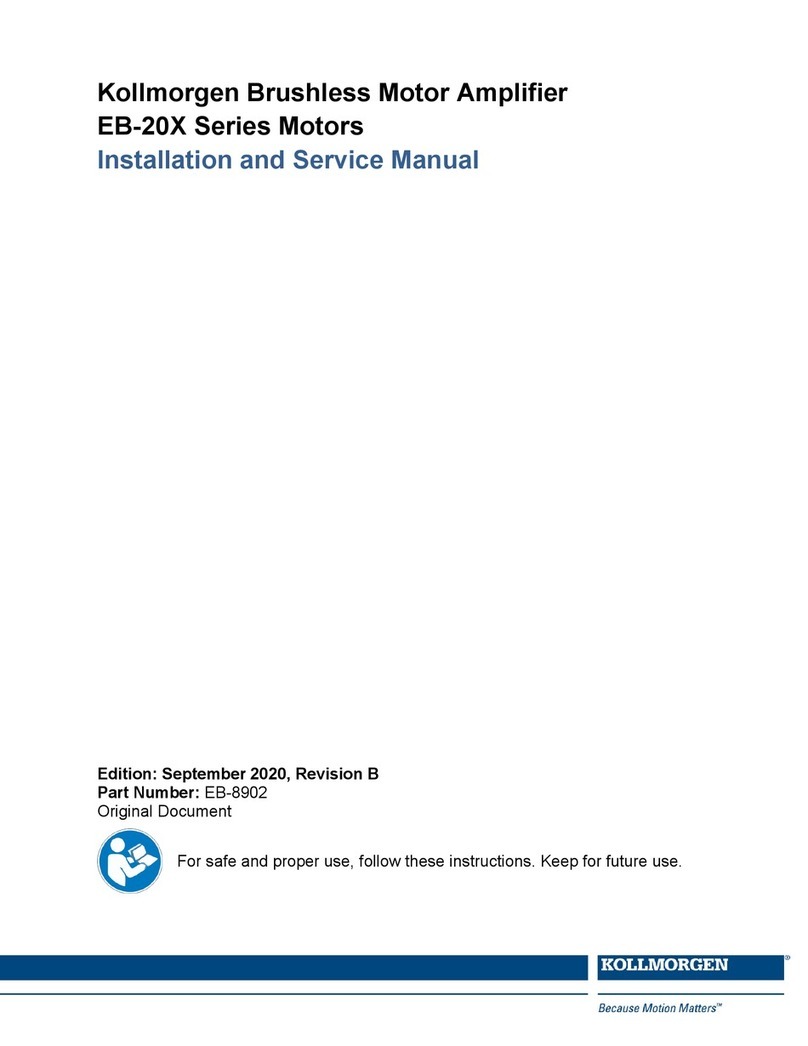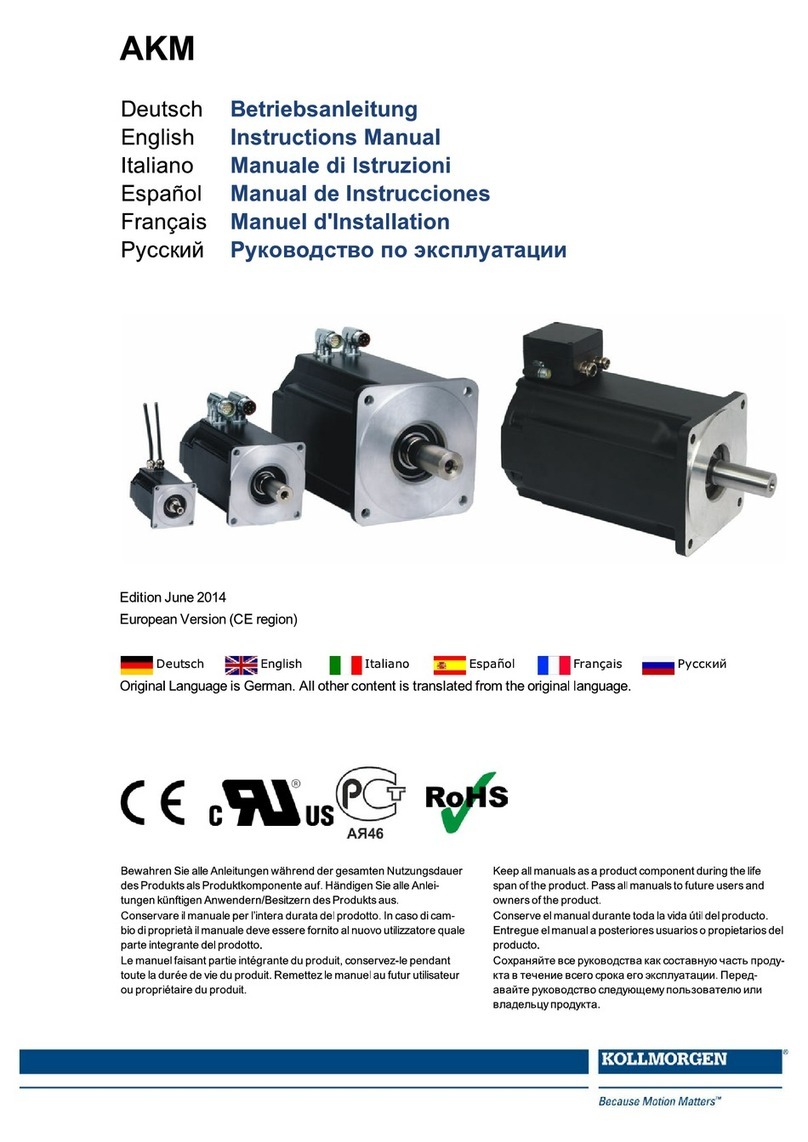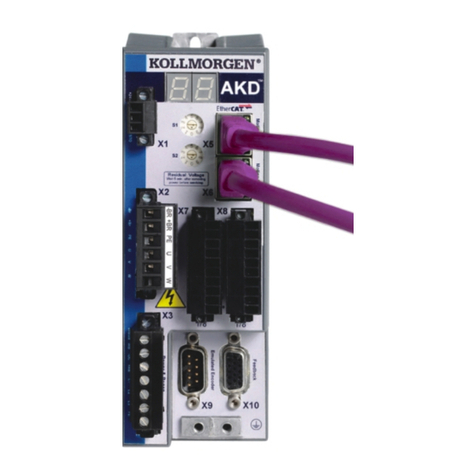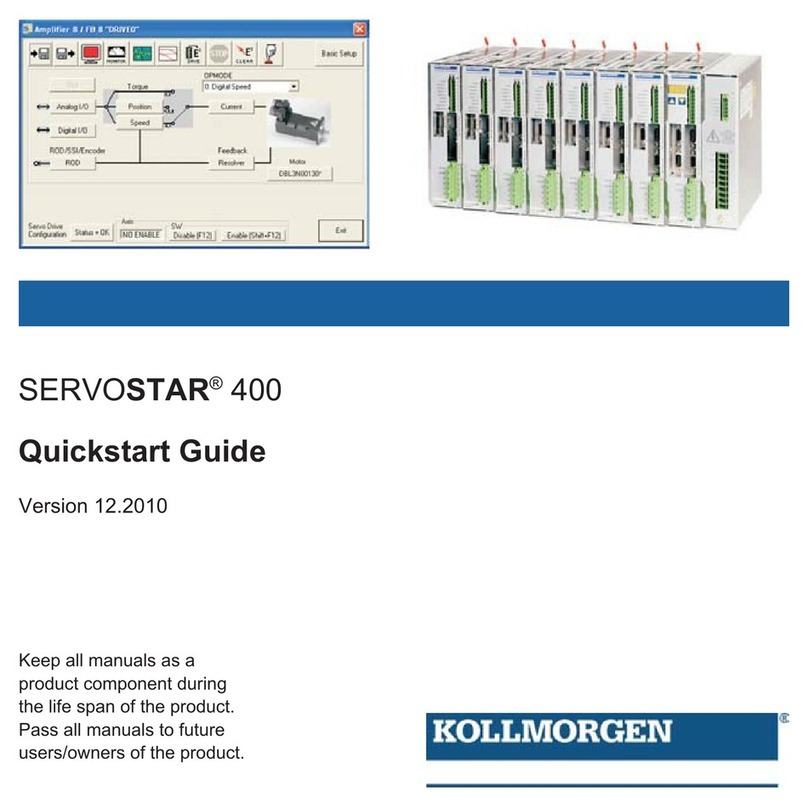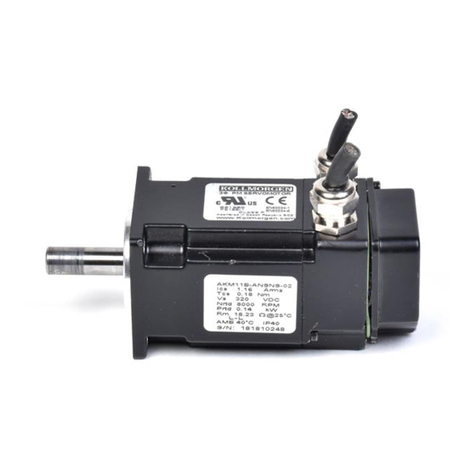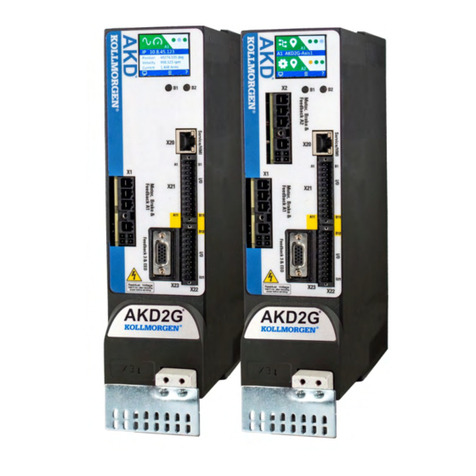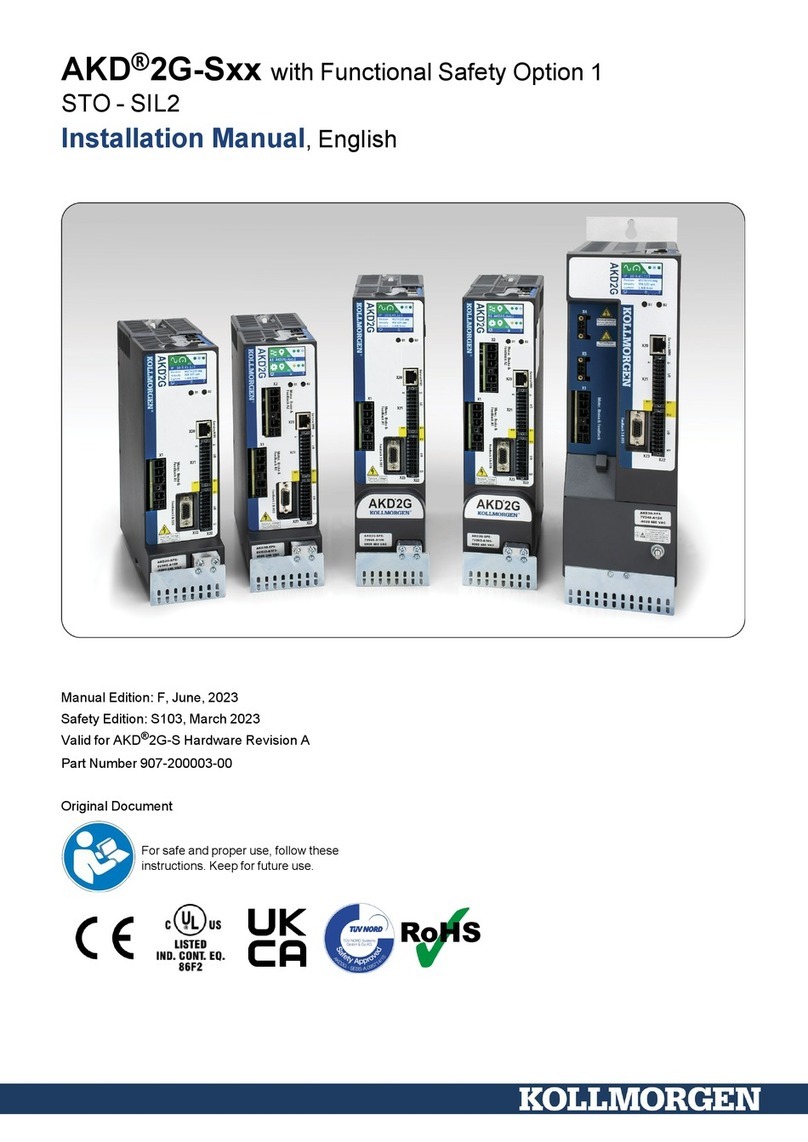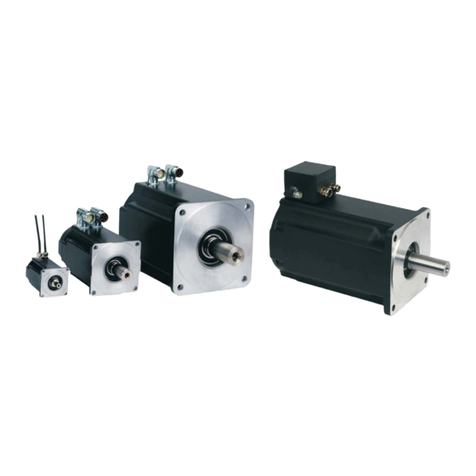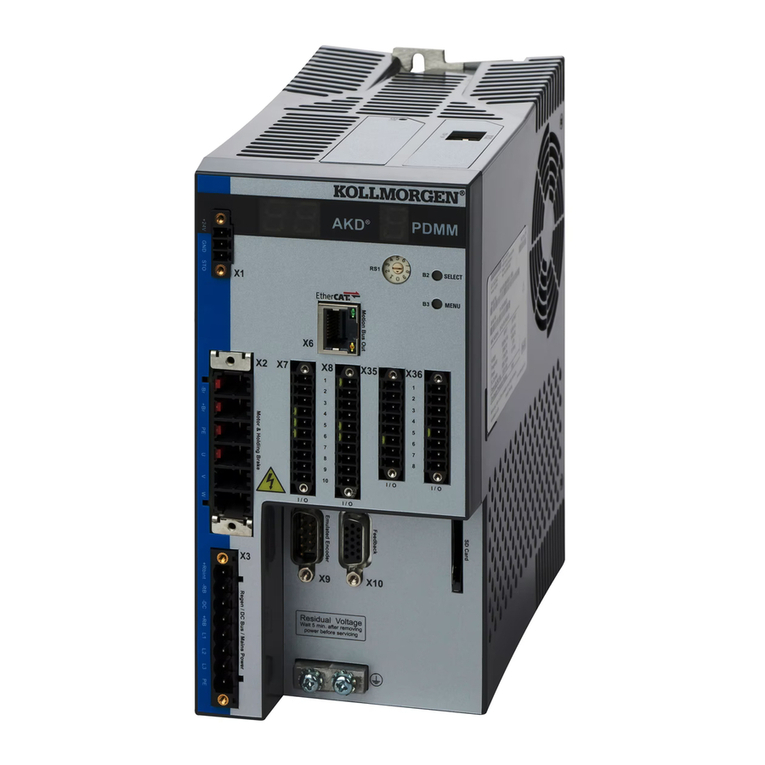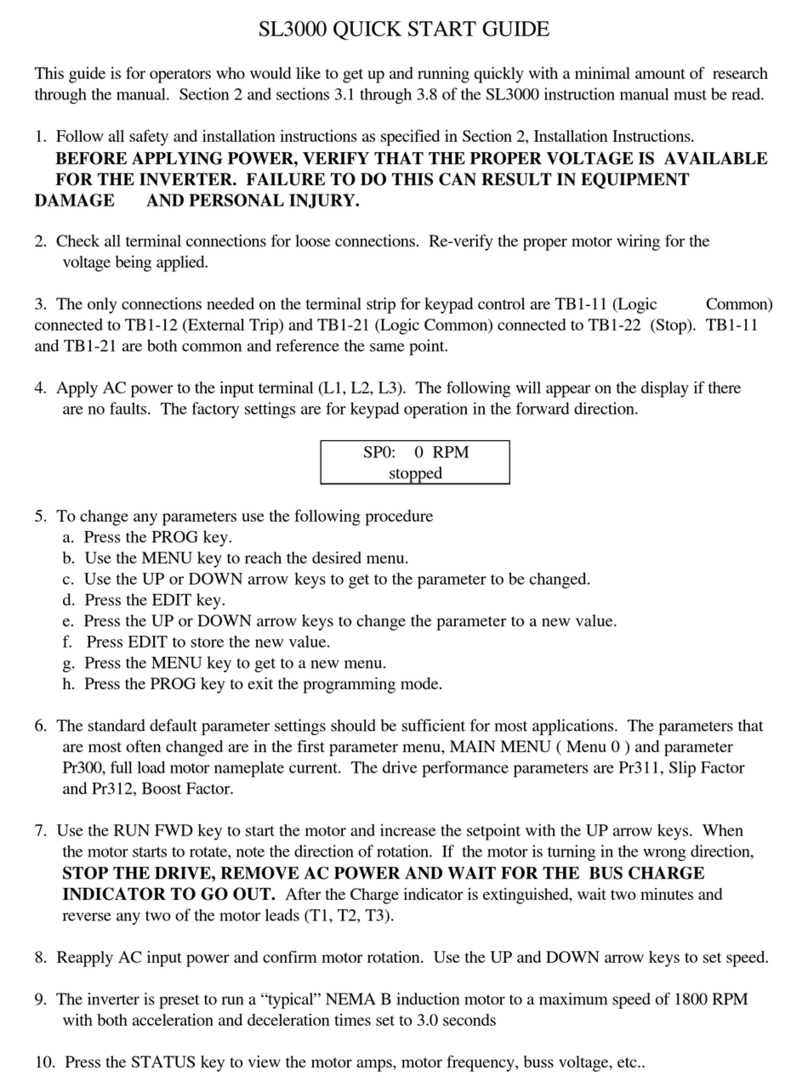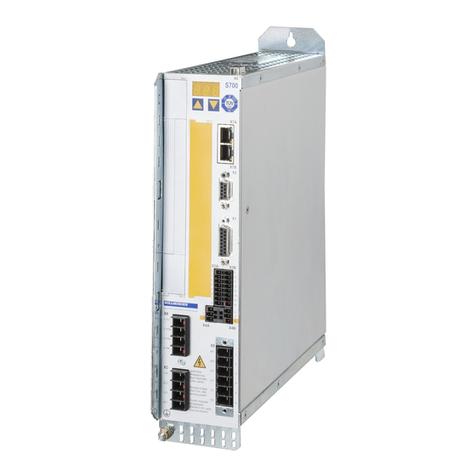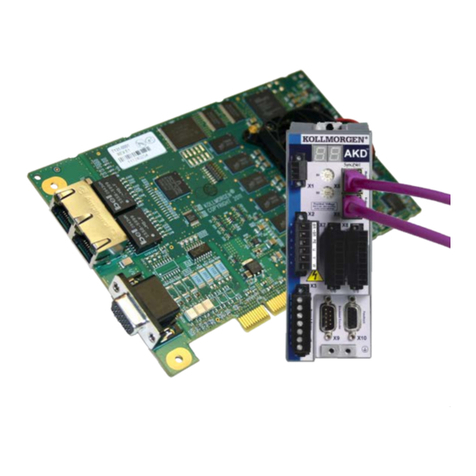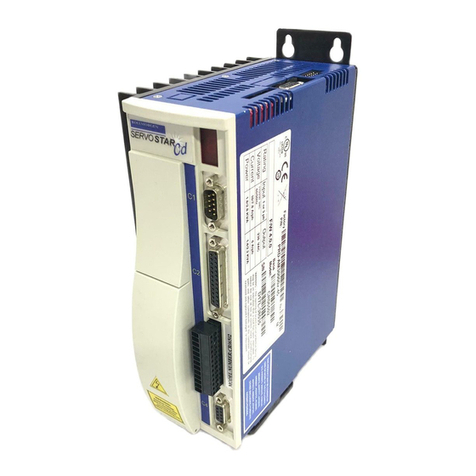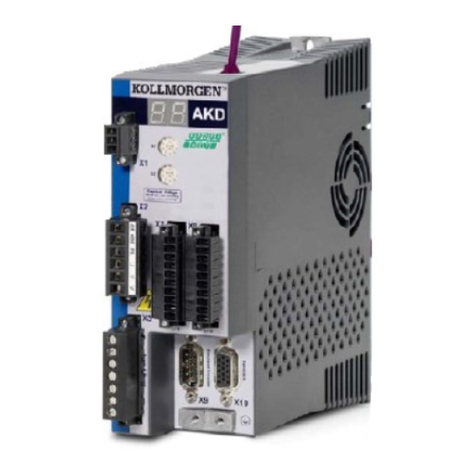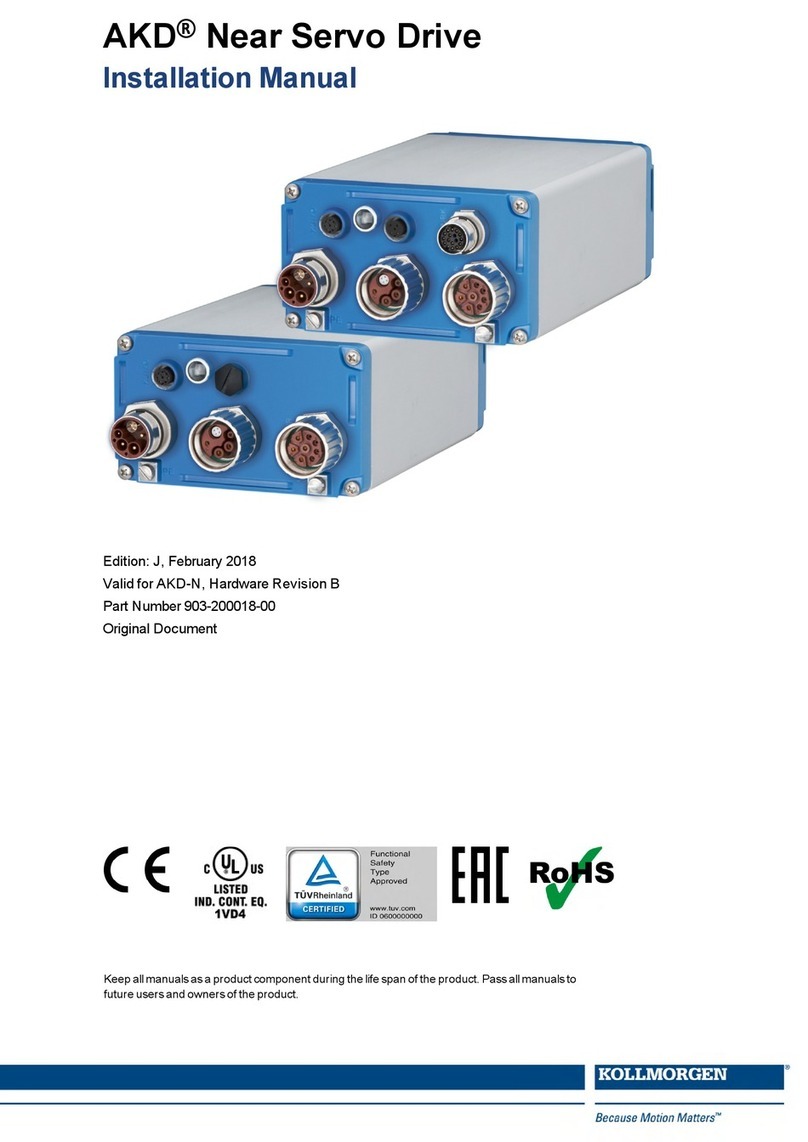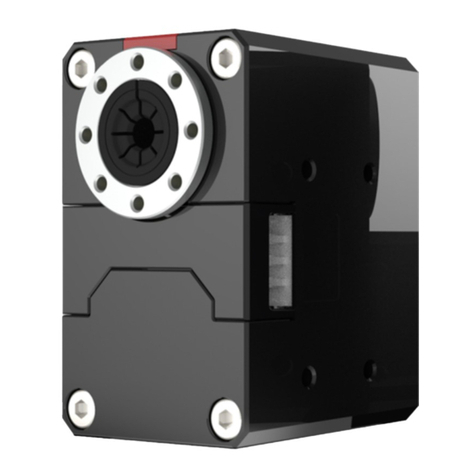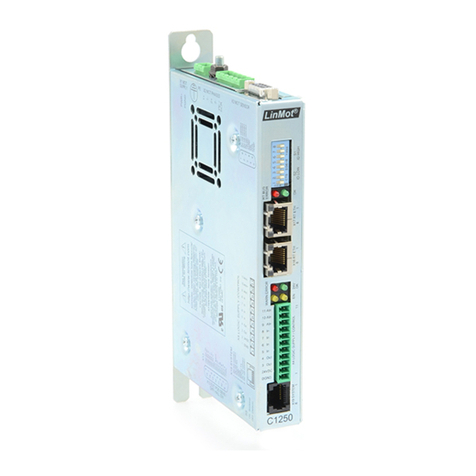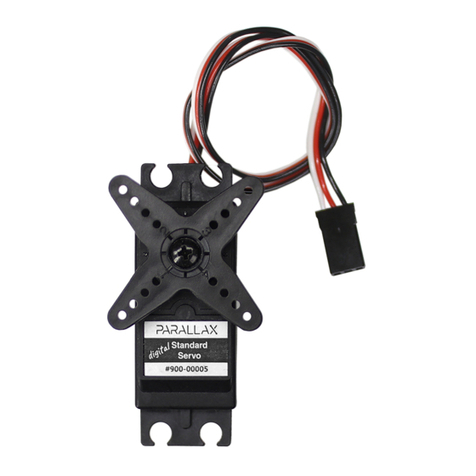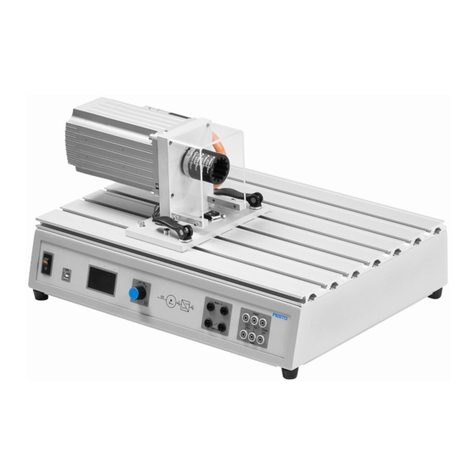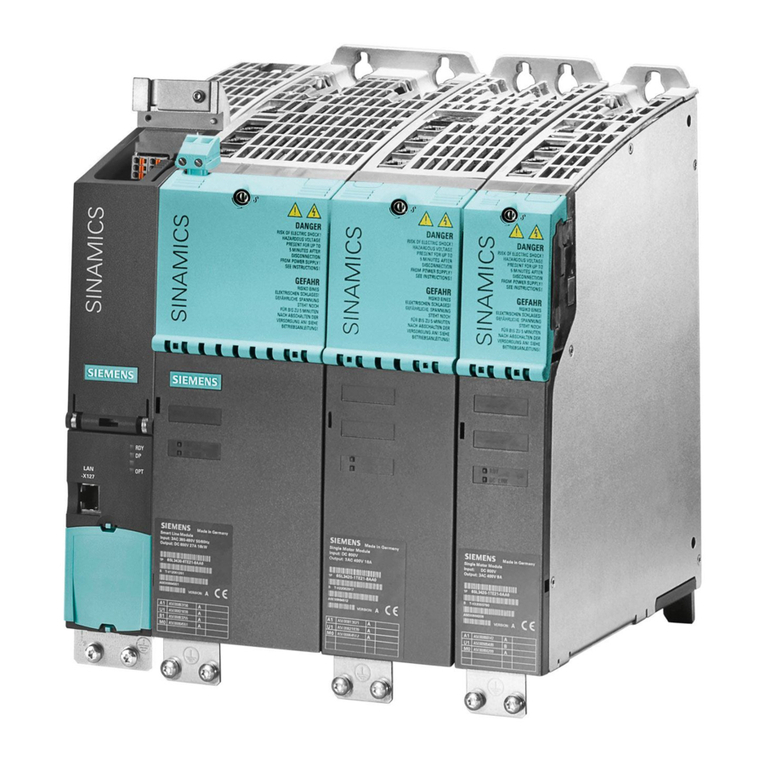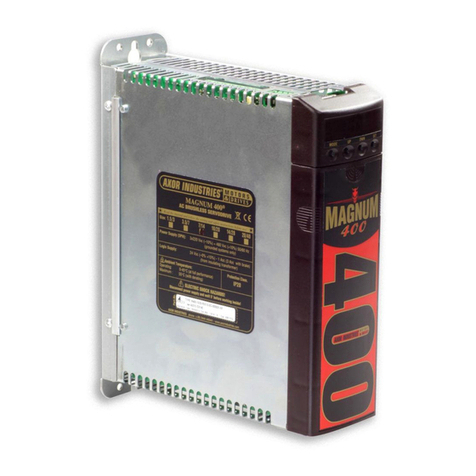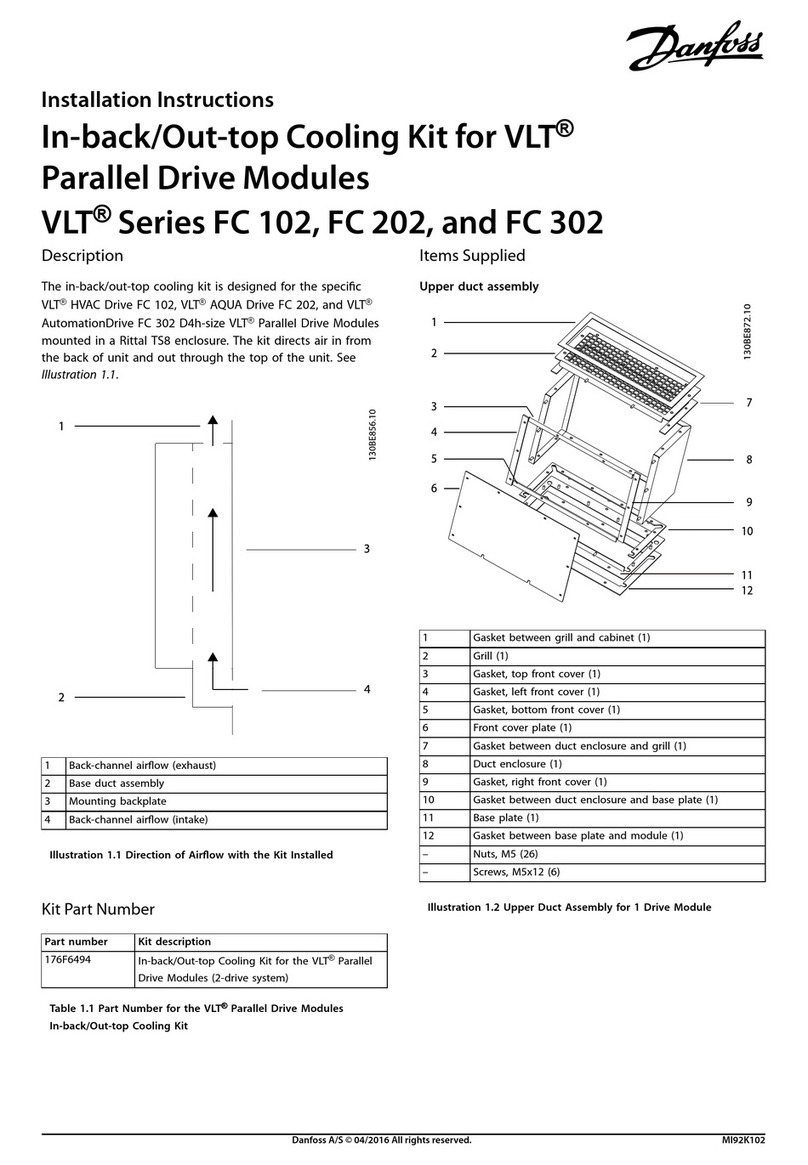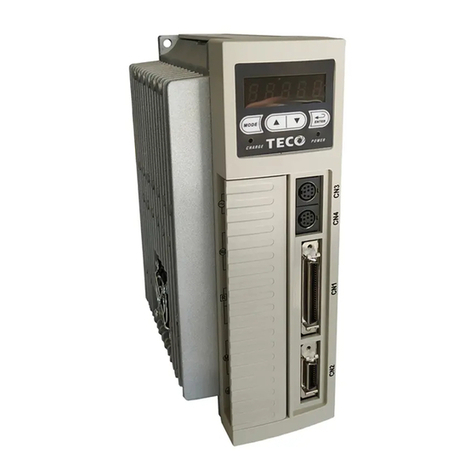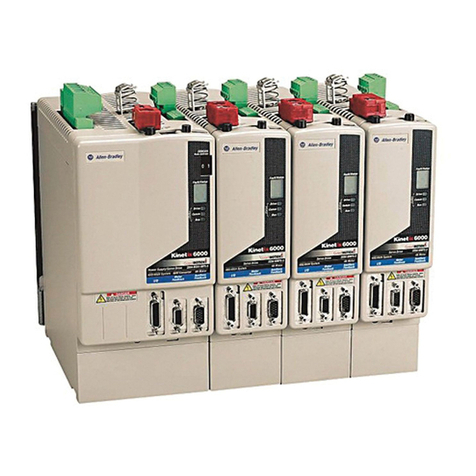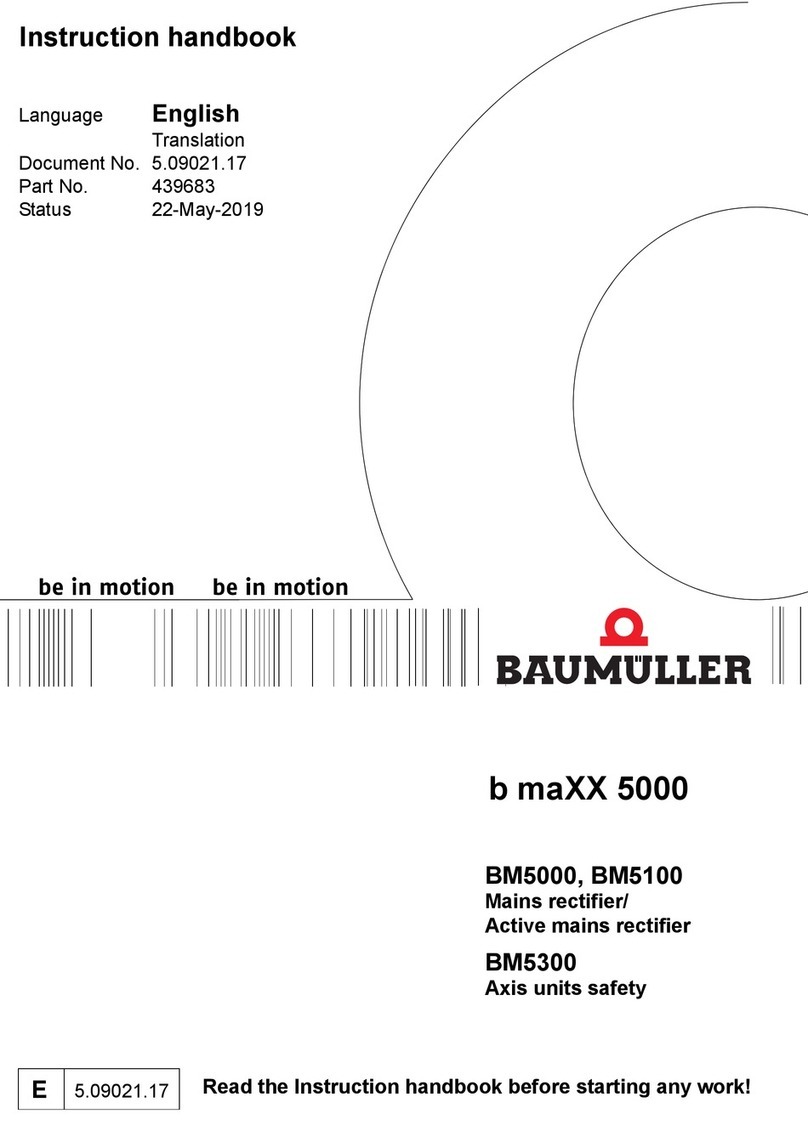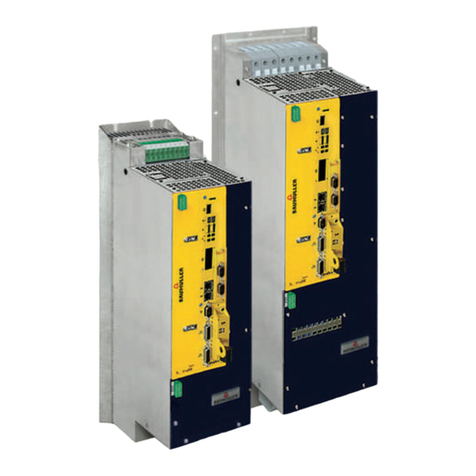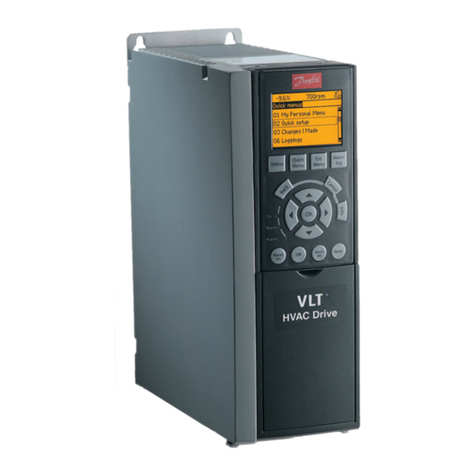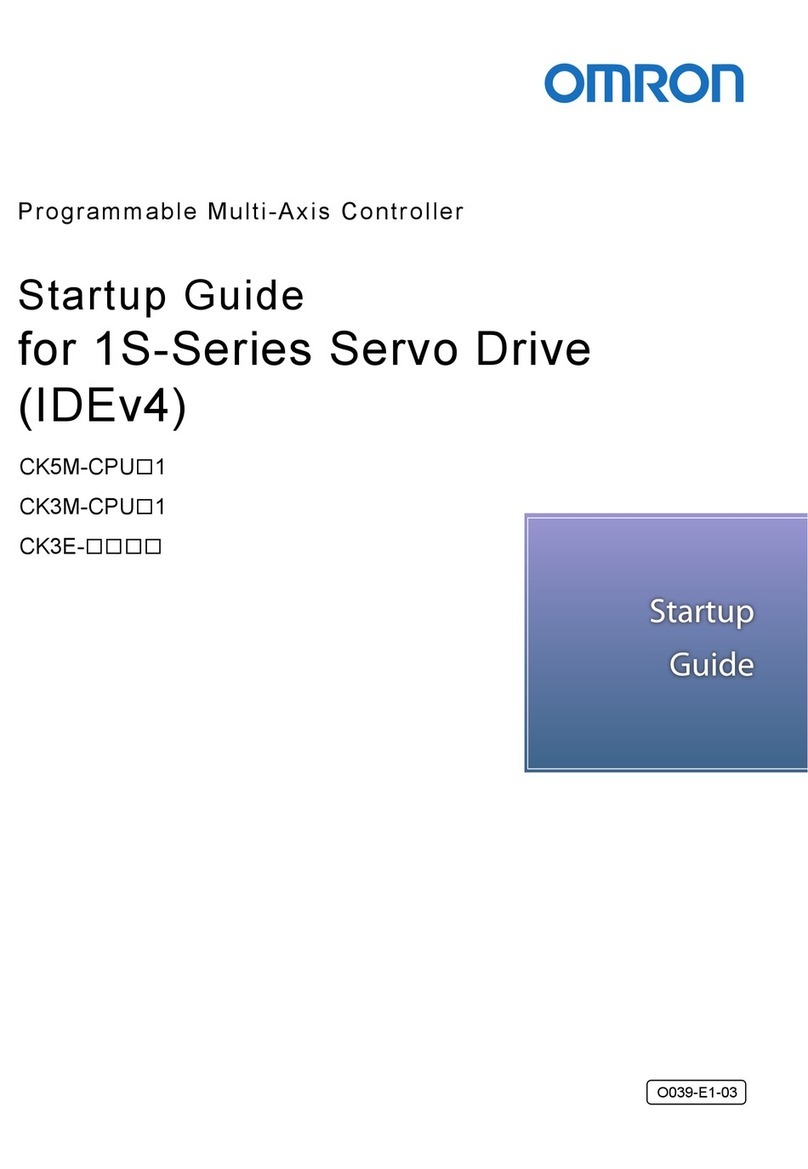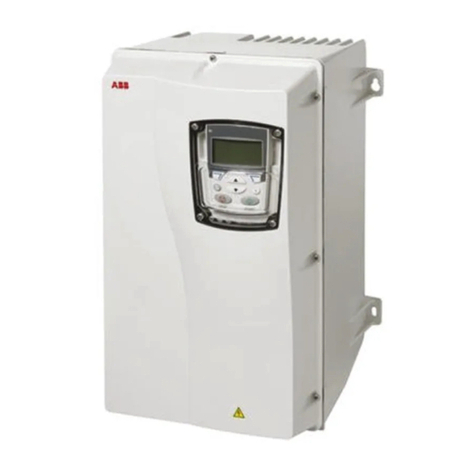
DS4 FOREWORD
FOREWORD
The commitment to quality at Industrial Drives is our
first priority. In all aspects of our business: research,
development, product design and customer service,
we strive to guarantee total quality. This pledge is
founded on a solid history of innovative technological
achievements dating back to 1948. One of the finest
tributes to that achievement can now be seen at the
Smithsonian which has on display the first stellar
inertial navigation system developed by Dr. Charles
Stark Draper. This system contains the first models
of torque motors built by the founding organization of
Industrial Drives. During the period of 1948 to 1960,
our "firsts" in the industry numbered more than a
dozen; they ranged from the simple but invaluable
(such as the direct-drive DC torque motor and movie
theater projection motors) to the exotic: submarine
periscope drive motors for the U.S. Navy, electric
drives, Curtis Wright electric brake coils, and
numerous other innovations.
For more than a decade, Industrial Drives (known in
the early days as part of Inland Motor Division of
Kollmorgen) has continued to enhance its
sophisticated engineering solutions to pioneer new
product development.
The results of these and other efforts has encouraged
some of the most significant innovations in the servo
industry. We developed the application of servo
motors and drives in the Machine Tool market. We
were the first with water-cooled servos, the integral
brake, the flux forcing concept and the brushless
motor. We developed the electronically commutated
electric car motor. Industrial Drives pioneered rare
earth magnet development for the servo motor
industry.
Between 1974 and 1980, Industrial Drives continued
to lead the industry in servo application innovations.
Our commitment to engineering excellence never
waivered. In fact, that commitment grew stronger
with the development of brushless submarine and
submersible motors (visiting the Titanic graveyard),
multi-axis electronic drives and antenna pedestal
drives (delivering unprecedented accuracy and
revolutionizing the entire industrial automation
process).
The decade of the 1980's brought continued
advancements in technology and penetration of new
markets requiring precise motion control. Already in
the fifth generation of brushless products, Industrial
Drives continues to lead the way with digital servo
positioning capability and our newest motor offering,
the GOLDLINE Series, incorporating the very latest
high-energy, rare earth magnets (neodymium iron
boron). Once again, we are setting the standards that
others only hope to duplicate. Recently
acknowledged by the Frost and Sullivan Foundation,
a leading market specialist in the motion control
industry, Industrial Drives and its parent, Kollmorgen
Corporation, continue to rank first in servo
technology.
Other achievements? Yes, too many in fact to
mention. Each achievement stands as a testimony to
the committed quality and excellence in design
technology. This constancy of purpose is unyielding
in an era of rapidly changing technology.
Artisan Technology Group - Quality Instrumentation ... Guaranteed | (888) 88-SOURCE | www.artisantg.com
